IVF Treatments
A 7 Step Process for Making a Baby (Steps 3-5)
By Paul J.O'Brien B.A., N.C.E.H.S., Dip. Acu., Adv. Dip. OBB, Cert Clin. Med, Cert.CHM, Pn1, PN-SSR, PN-NCA, M.AFPA, M.ETCMA, M.C.Th.A.
IVF Treatments continues the discussion on the 7 Step process used by nearly every fertility clinic in the world. In the Part 1, I examined the overall steps of the process. I then explained how Step1: Suppression and Downregulation work and concluded with a discussion of Step 2: Medication.
At this stage the ovaries have been stimulated, the eggs have been produced....now it's time to go and get them! Join me for this article as I explain how the eggs and sperm and retrieved and how they are mixed to create life! :-D
But before we get in to that, a quick summary!
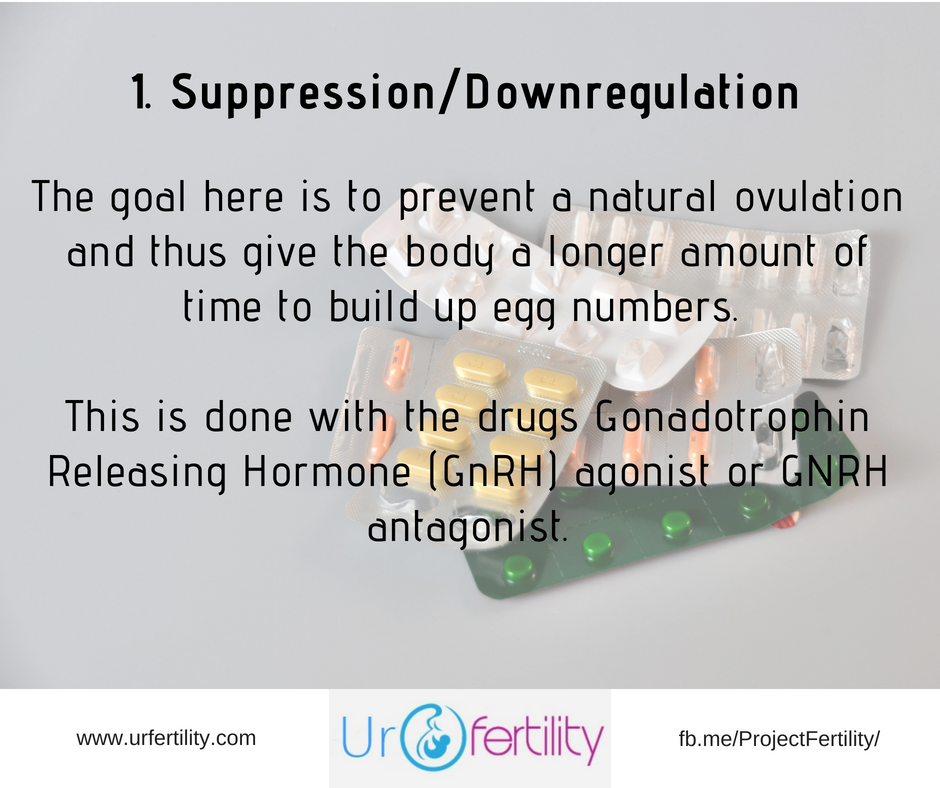 |
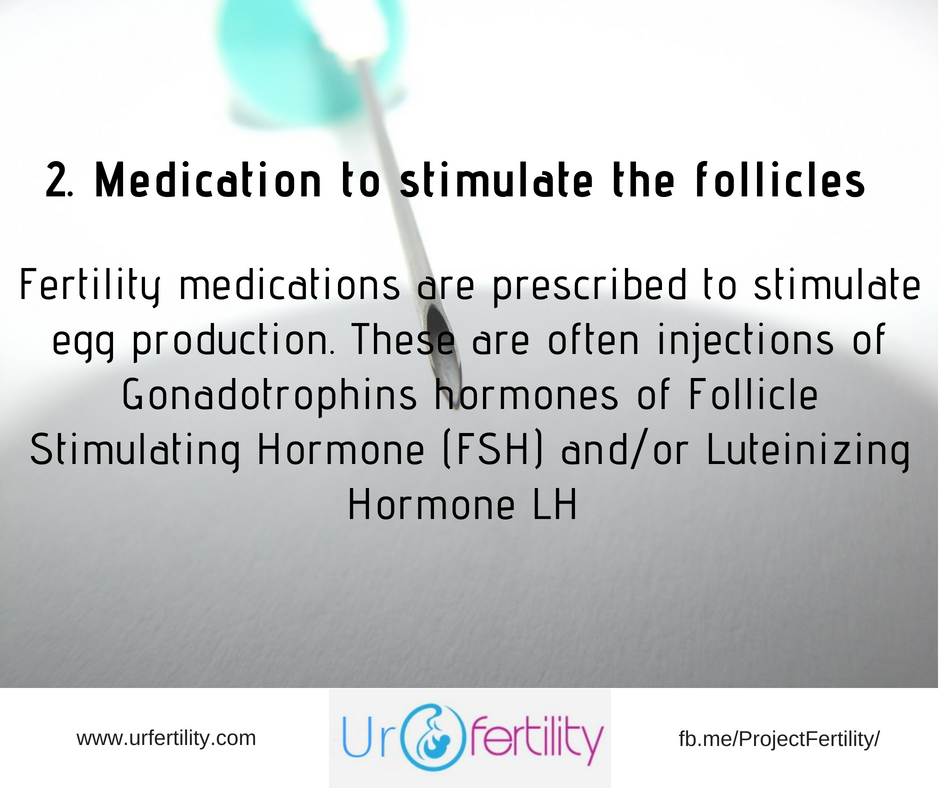 |
IVF Treatments Step 3: Egg Retrieval
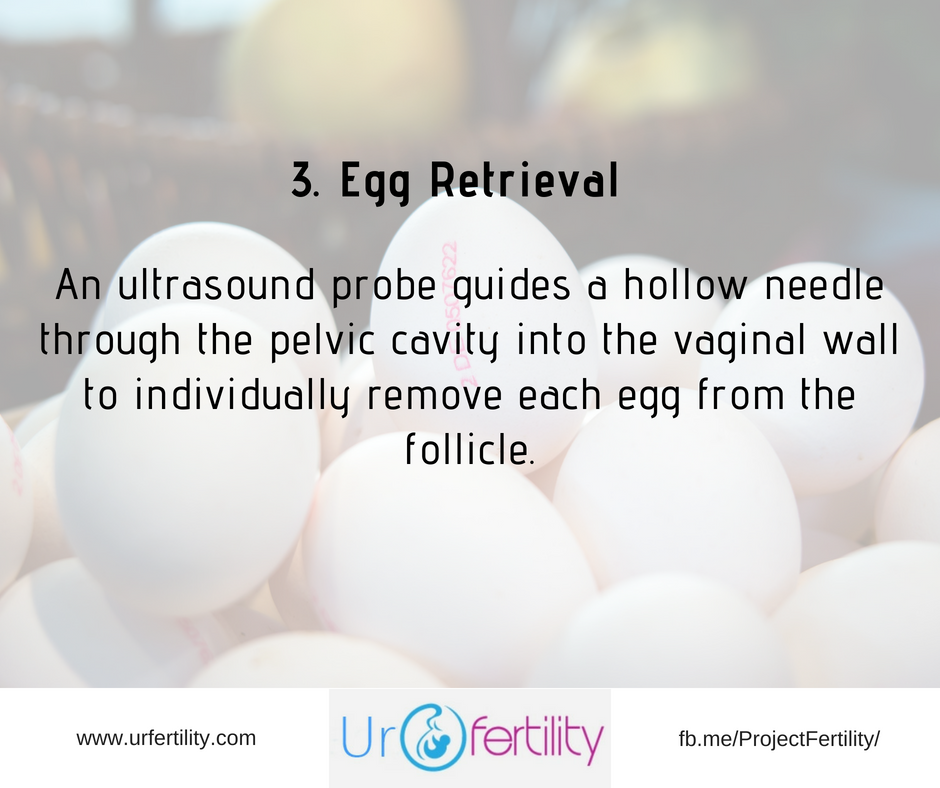
Eggs are retrieved through a minor surgical procedure. This is an outpatient procedure under local or sometimes very light general anaesthetic. An ultrasound probe guides a hollow needle through the pelvic cavity into the vaginal wall to individually remove each egg from the follicle. These eggs and fluid are then ideally separated into individual petri dishes to reduce the risk of accidental damage.
The eggs are then examined under a microscope and graded. A note on this. They make it up.
Eggs are assessed on immaturity, maturity, overripe, ateric, luteinized, and fractured, but there is no clear consensus or guidelines IVF treatments follow. So they make up their own grading systems.
IVF Treatments Step 4: Sperm Retrieval
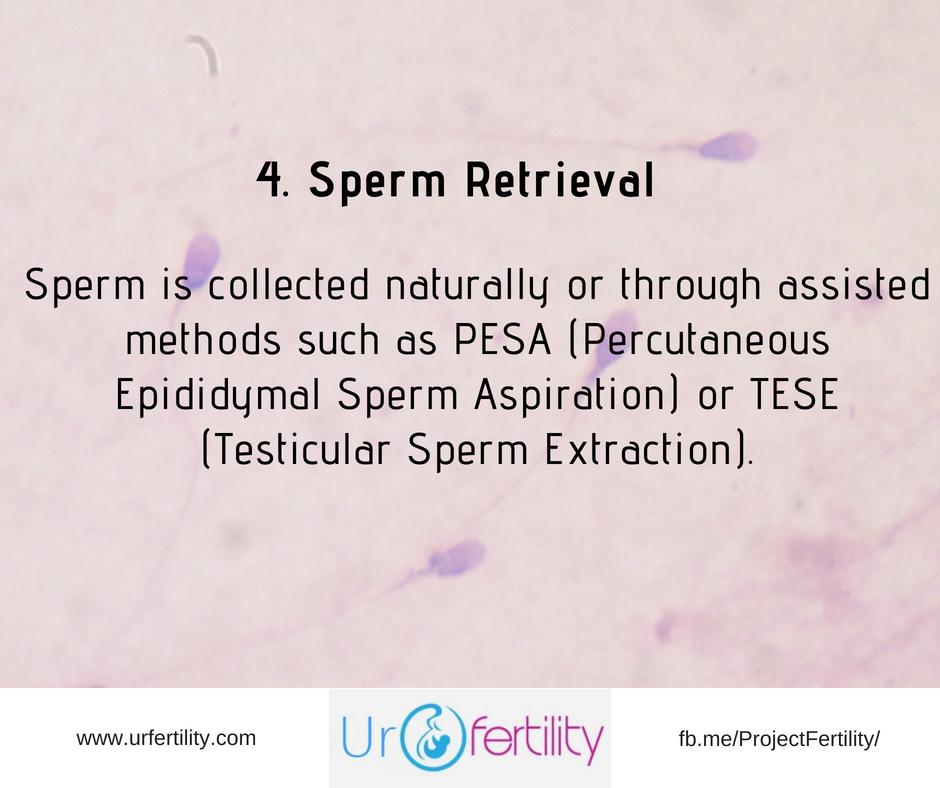
Ideally fresh sperm is used which is collected on the same day as egg retrieval. This is collected via mastrabation or through assisted methods such as PESA (Percutaneous Epididymal Sperm Aspiration - essentially a needle is interested into the tube connecting the testicles to the penis) or TESE (Testicular Sperm Extraction - where the inject directly into the testicales and extract sperm). The sperm are then extracted from the seminal fluid and processed ready for the next stage.
IVF Treatments Step 5: Insemination
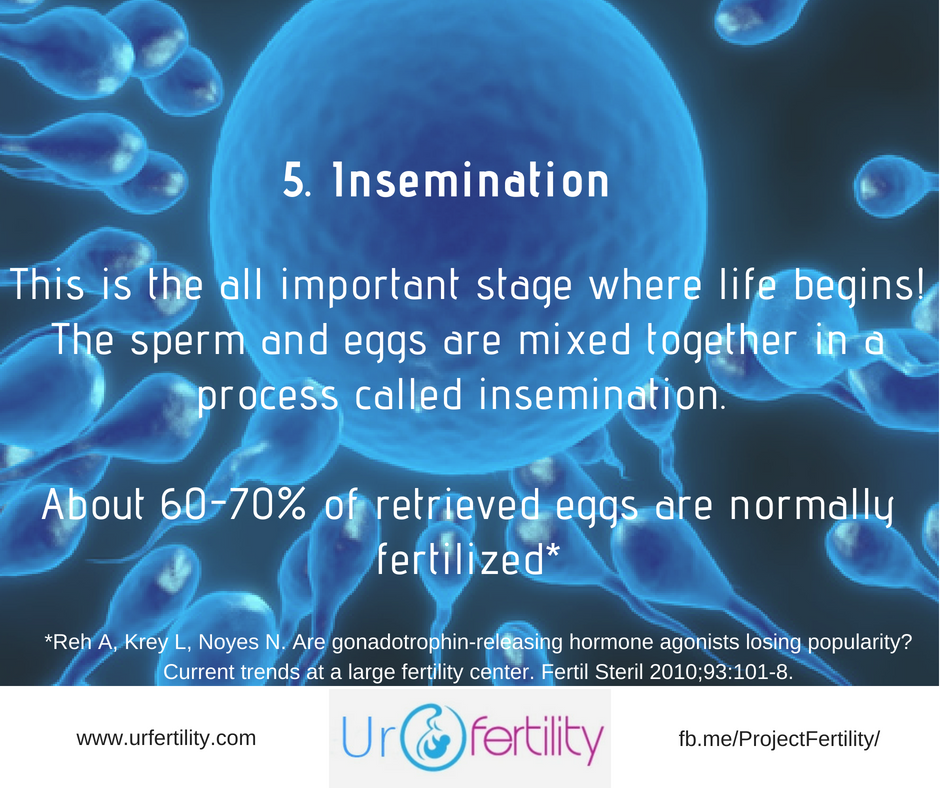
This is the all important stage where life begins! The sperm and eggs are mixed together in a process called insemination. The mixture is then placed (ideally a temperature controlled environment) in a laboratory dish to encourage fertilization.
The method by which insemination takes place differs depending on the IVF fertility treatment clinic, diagnosis and treatment protocols. The typical IVF procedure involves the sperm and eggs simply float together in a culture dish until the sperm naturally swim towards the egg and hopefully fertilise it (1).
In other cases a more direct approach is taken. This is called intracytoplasmic sperm injection (ICSI). In such a case, where the chances of natural fertilization are lower, a single sperm has it’s tail cut off and is injected directly into the egg in an attempt to achieve fertilization.
The eggs are monitored to confirm that fertilization and cell division are taking place. Once this occurs, the fertilized eggs are considered embryos. About 60-70% of retrieved eggs are normally fertilized, through this rate varies depending on multiple factors (2,3) . There are of course cases where none of the eggs fertilize. This is called total fertilization failure, and will be discussed in a separate article.
That brings us to the end of step 5...in the final part in this series we'll look at Steps 6: Culture and Step 7: Transfer! :-D
Then following that, we'll examine what can go wrong in IVF and how to fix it and the side effects of IVF drugs, testing, and the other issues surrounding IVF Fertility Treatment.
- Click here to go to part 1 and learn about Suppression, Downregulation and the Medication's used.
- Click here to go to part 3 and learn about Culture and IVF Transfers.
- Click here to learn about the Risks of IVF.
- Click here to discover the side effects of IVF.
What's Your Next Best Step With IVF?
If you’re trying for a family or planning on going through IVF, ICSI IUI, or have been through failed rounds, from poor egg growth, fertilization failure, sperm quality issues, miscarriage etc, and want to give this round the best possible shot of success and dramatically improve your fertility and reproductive health, to have a happy healthy baby, then …
- Download my Free "9 Reasons You Can't Get Pregnant" Guide to learn more about what complications may be present and what you can do to fix them!
- Subscribe to my newsletter to keep up to date with the new articles, how to guides, fertility recipes and more.
- Get Your Copy of "Before IVF: How it works, why it doesn’t and what you can do to Ensure Your IVF Success!". Over 430 pages, this guide provides answers to every question you could ask about fertility and how to maximise your reproductive health. It will help you beat the numbers in IVF and better still may help you conceive without ever having to go through IVF!
- Contact me with your particular questions and concerns and I'll do my best to help. :-)
Footnotes
1. Blok L, Kremer J. In vitro fertilization and intracytoplasmic sperm injection. In: de Hann N, Spelt M, Gobel R, editors. Reproductive medicine: a textbook for paramedics. Amsterdam: Elsevier Gezondheidszorg; 2010. P. 105-26 [chapter 3].
2. Reh A, Krey L, Noyes N. Are gonadotrophin-releasing hormone agonists losing popularity? Current trends at a large fertility center. Fertil Steril 2010;93:101-8.
3. Al-Inany HG, Youssef MA, Aboulghar M, et al. Gonadotrophin-releasing hormone antagonists for assisted reproductive technology. Cochrane Database Sys Rev 2011;(5):CD001750.

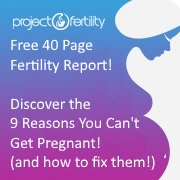
New! Comments
Have your say about what you just read! Leave me a comment in the box below.